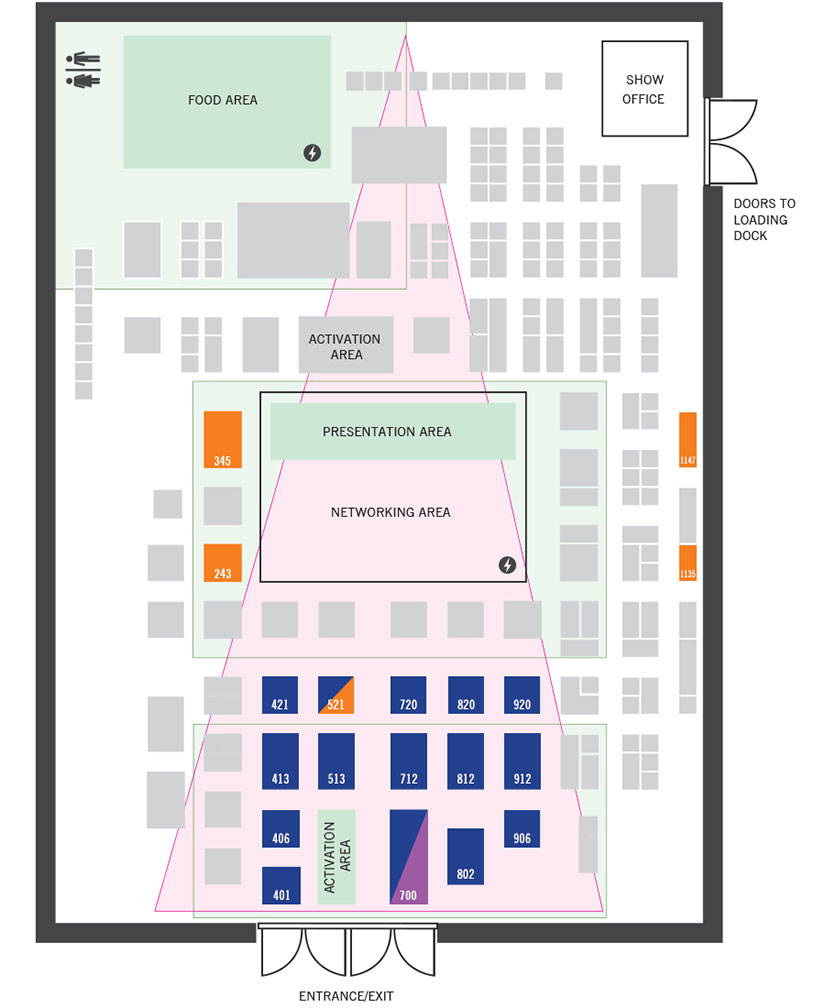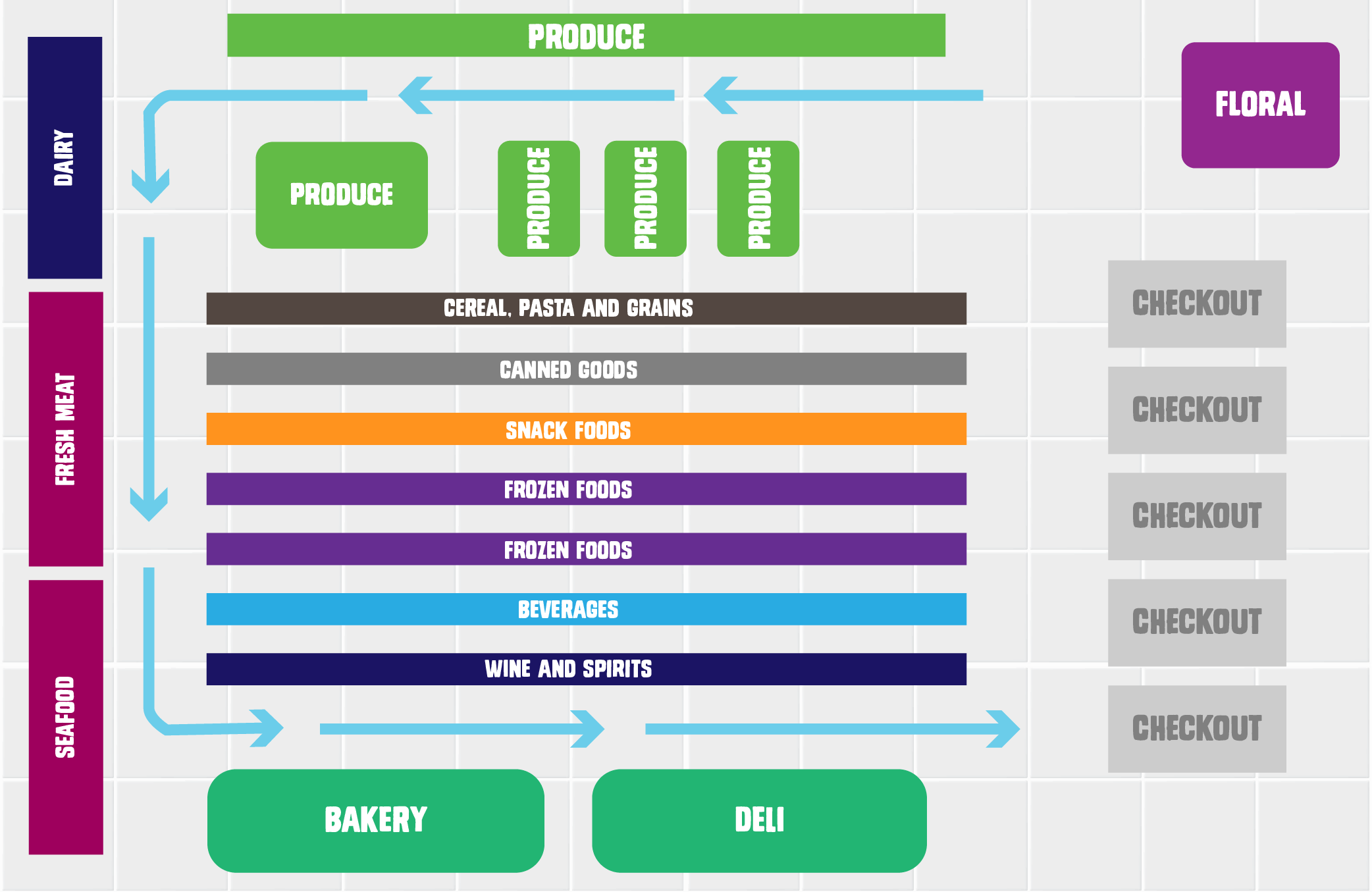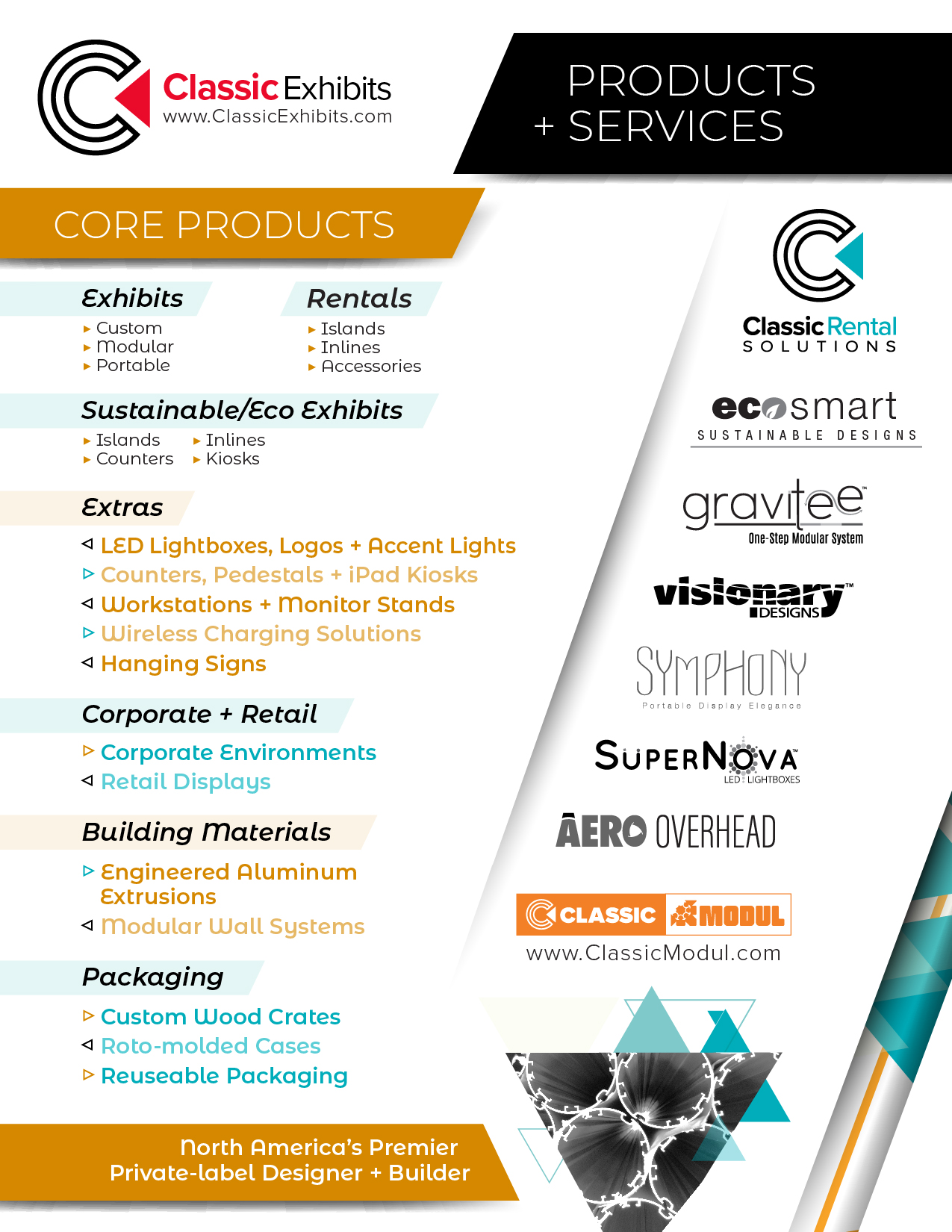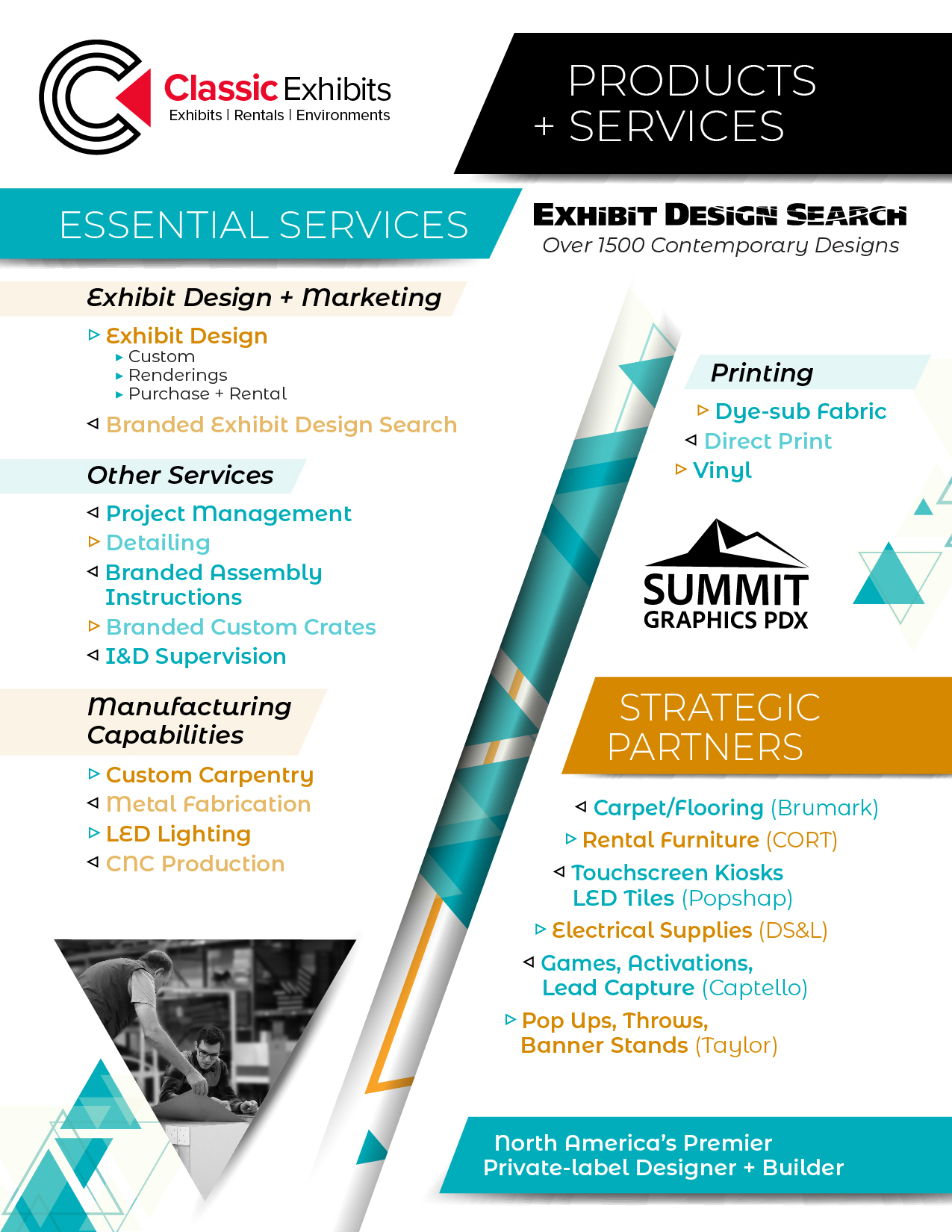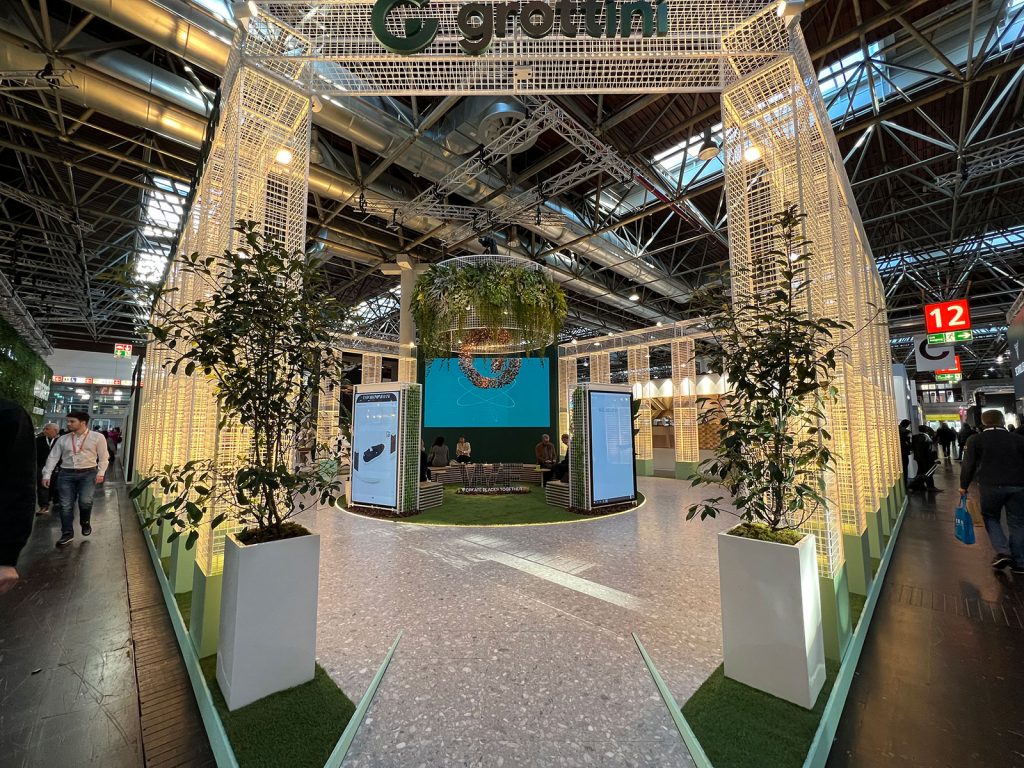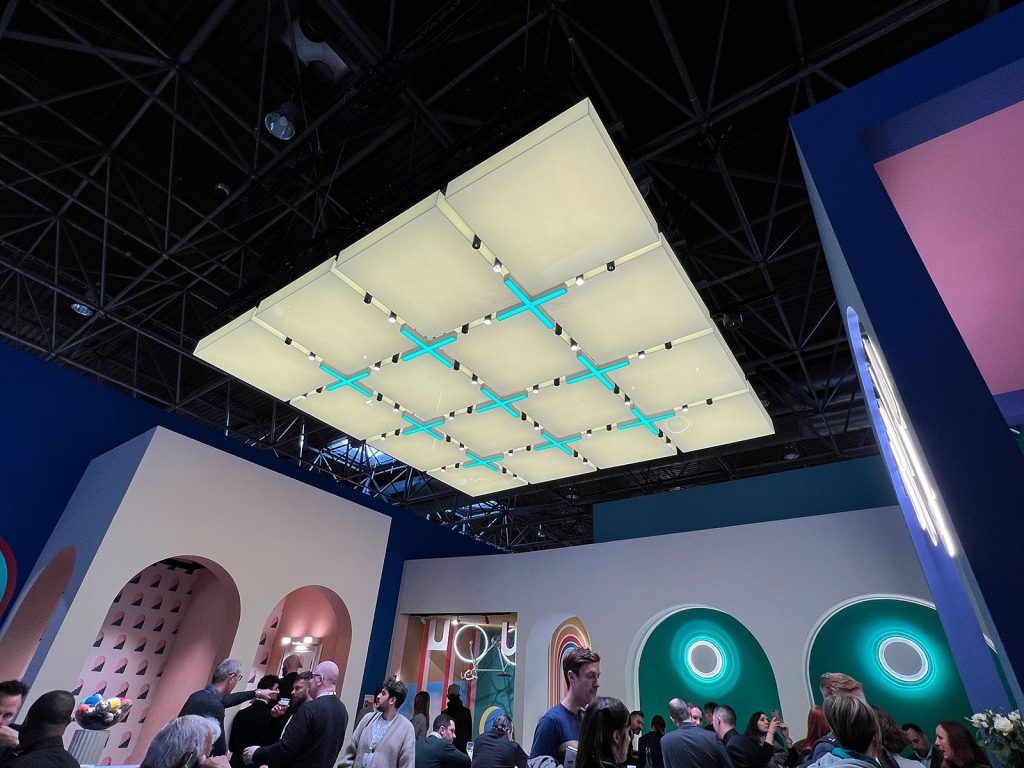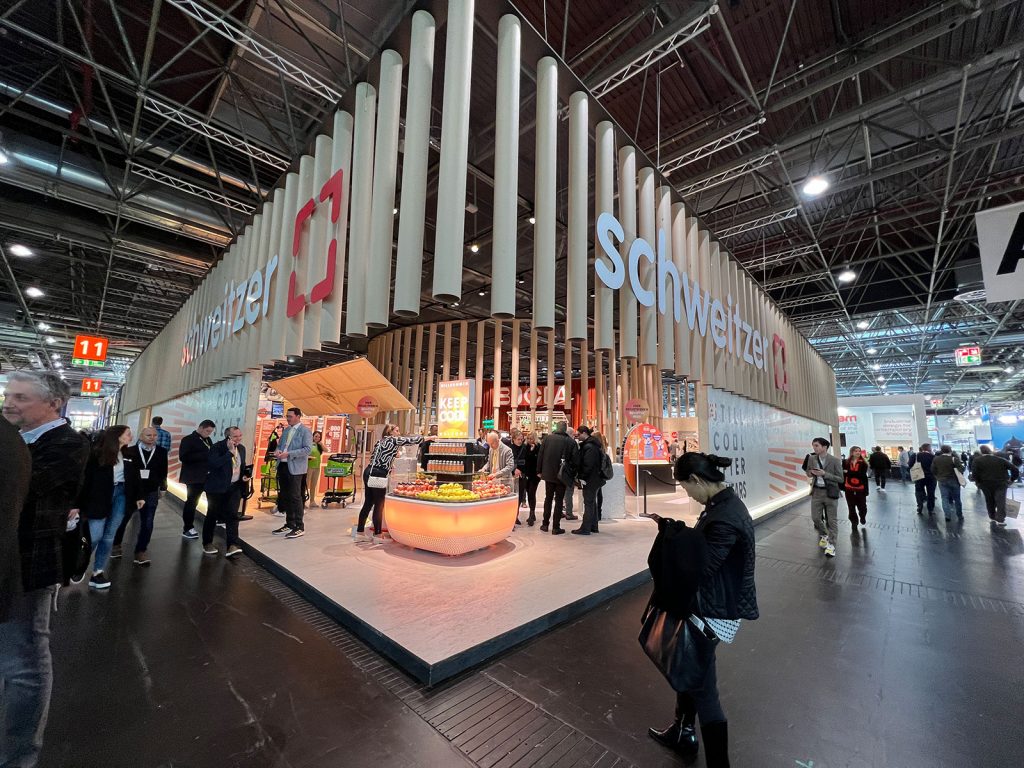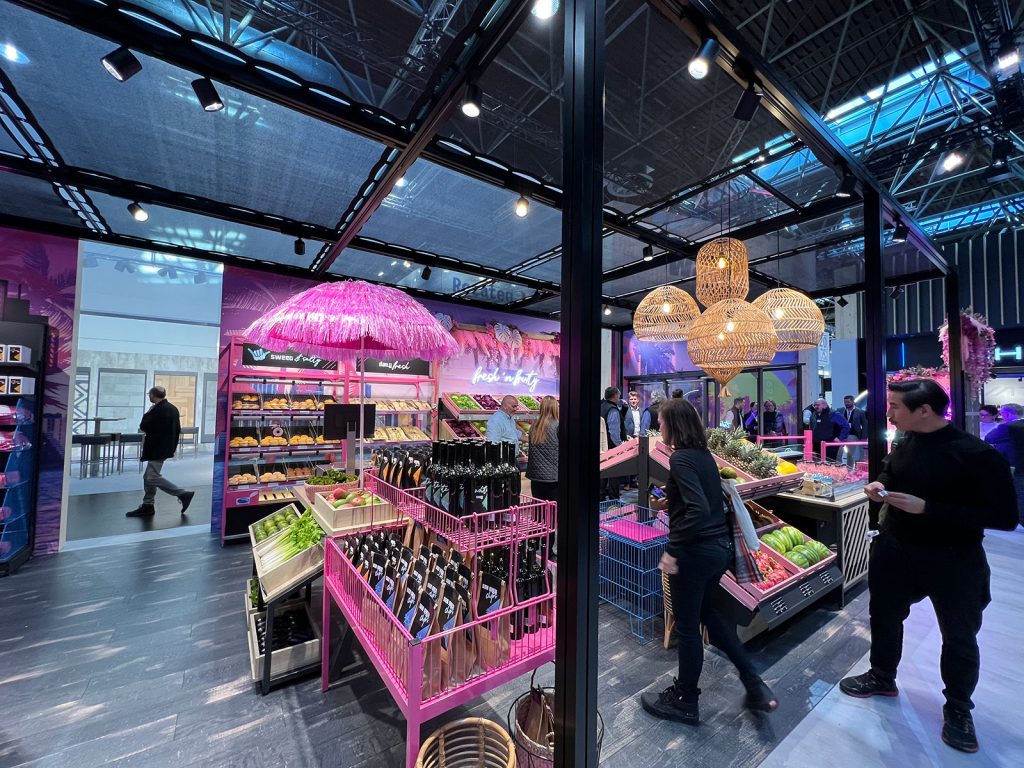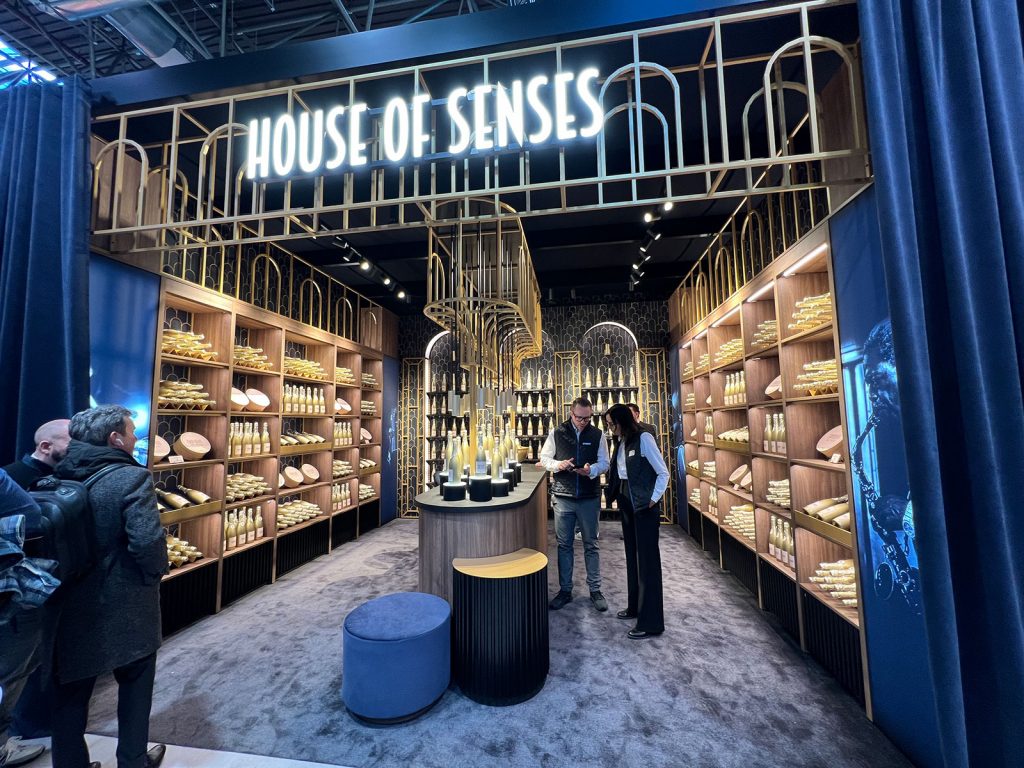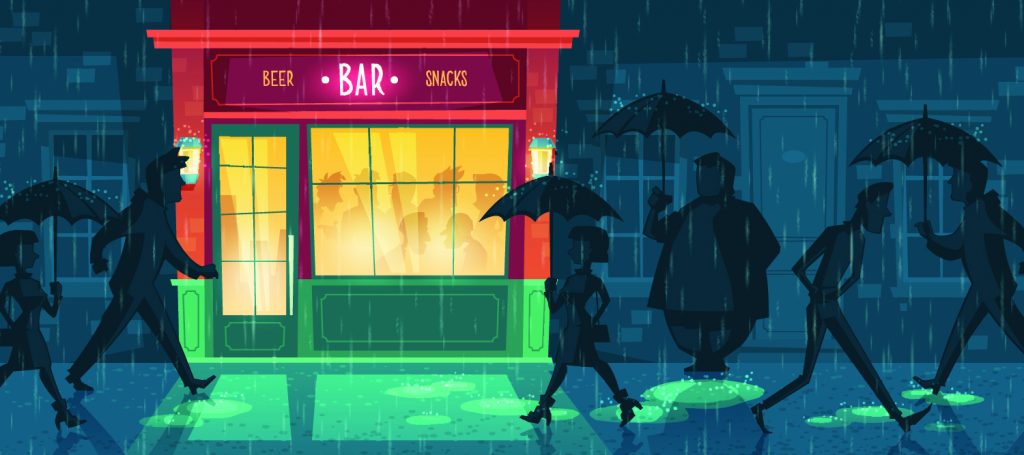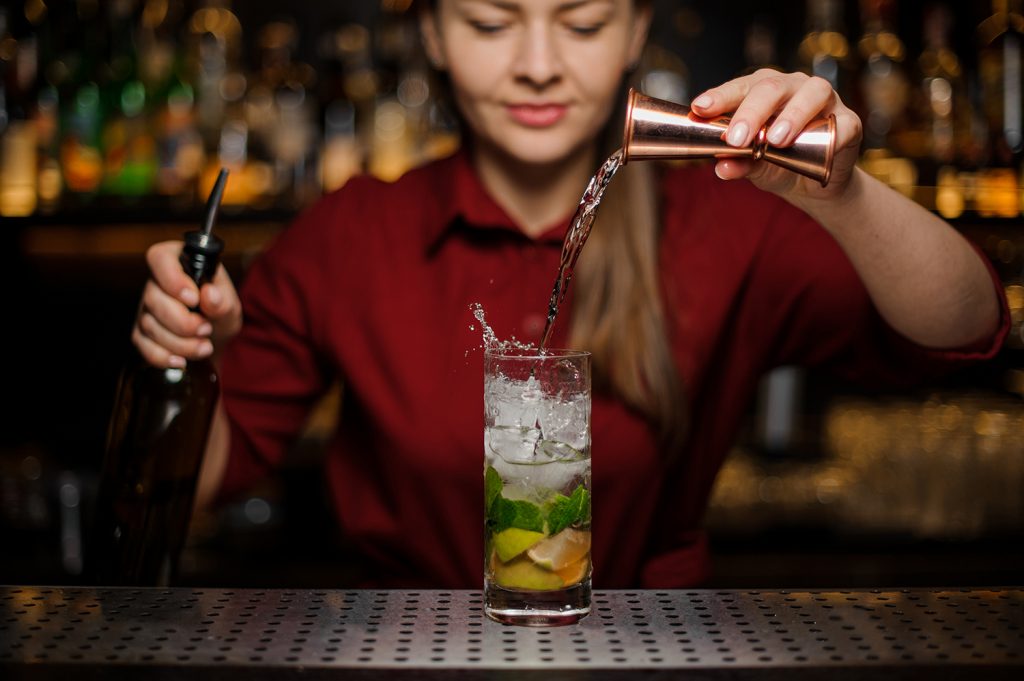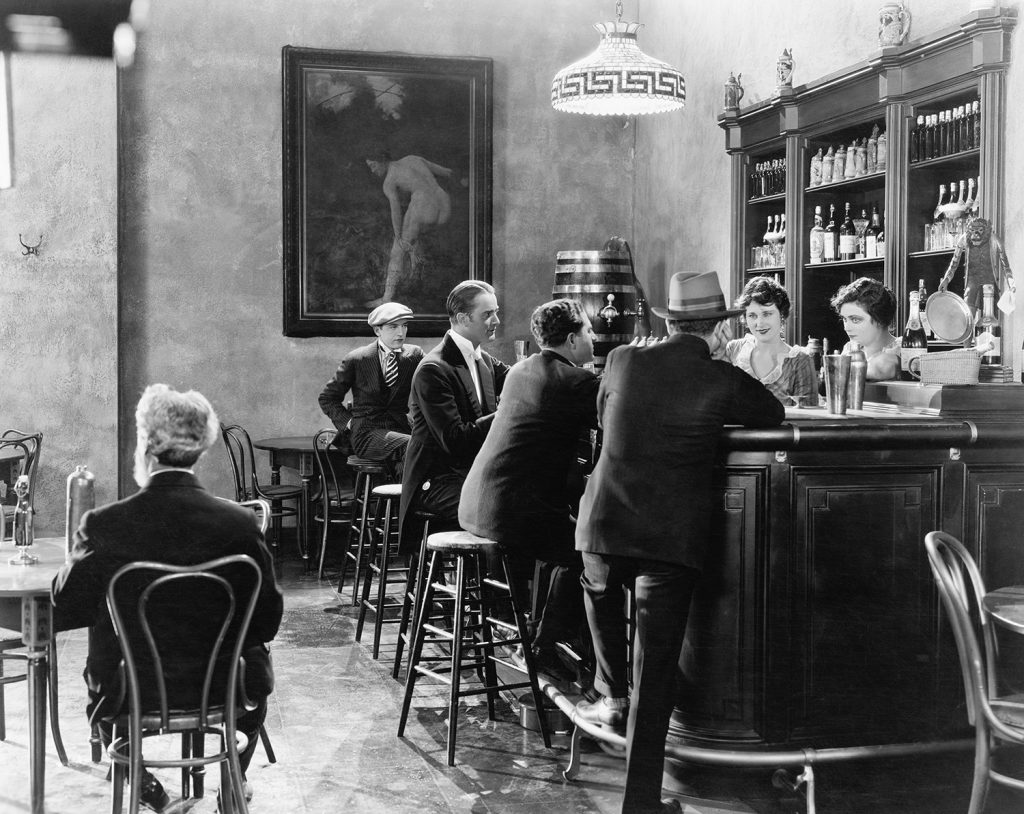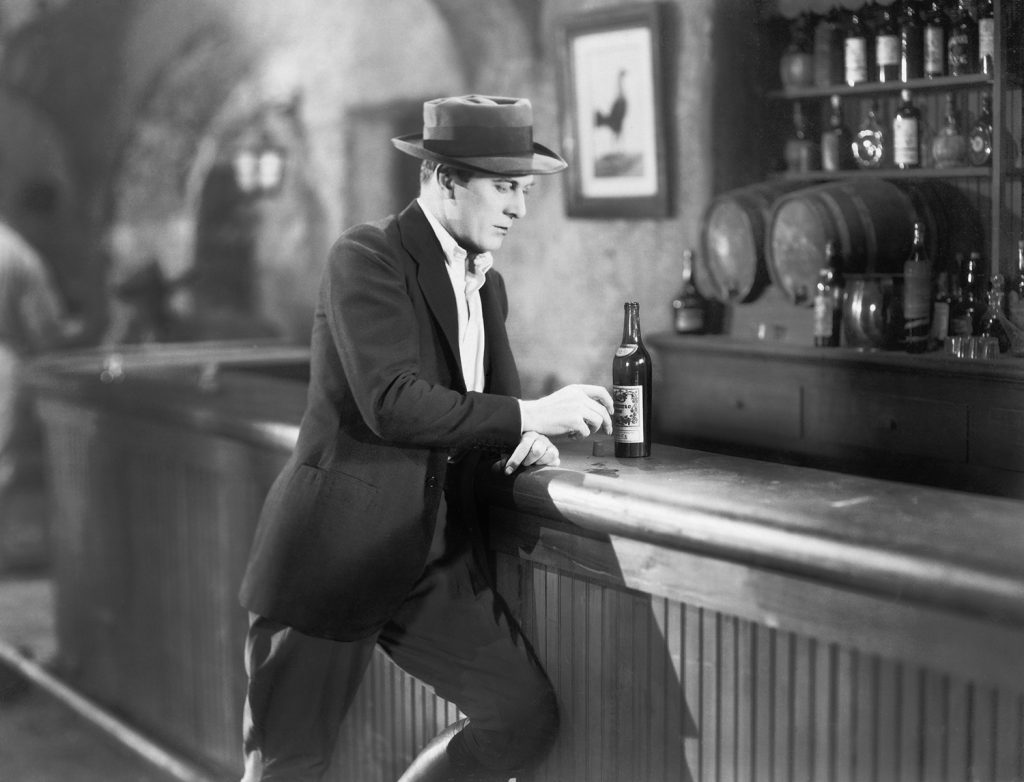What to Expect When You’re Expecting Exhibiting

A close friend of mine recently had her first child – a healthy baby boy. When I hear that a friend’s new baby is about to be born, I head to CVS or a newsstand and purchase as many newspapers and magazines as I can find with that day’s date. The papers can be major ones (Wall Street Journal, Washington Post, New York Times, etc.) as well as more regional papers. For magazines, I grab Time, Newsweek, Sports Illustrated and my fave… TV Guide.
I place each newspaper and magazine in thick clear plastic bags (specially purchased for this purpose) to keep them airtight and clean. Then I put my cool little Time Capsule in a box and send it off. The baby might not appreciate it now, but he/she will when they grow up.
Unfortunately, I often don’t learn of the baby’s birth until a day or two later which totally thwarts my Time Capsule concept. When that happens, I buy a baby Levi jean jacket and have it embroidered on the back with something like Zampella & Son, Since 2025 (see image below). It’s a goofy but fun keepsake that will make Mom and Dad (and eventually the baby) smile for years to come.
What does all this baby talk have to do with me? Absolutely nothing. But ever since my friends Jackie and Gina recently had their healthy baby, I’ve had baby brain. So, without further ado, I present you with my new glossary of trade show terms about “pregnancy and childbirth”!
Enjoy! Please add your terms in the comments section.
Glossary A-C
Breech – When your graphics are printed backwards or upside down
C-Section – The third level of Classic’s Gravitee display
Conception – When that brilliant booth design first sparks
Contraction – Going from a 30×30 to a 10×20
Cravings – Show hours are from 9:00 am – 4:00 pm and you’re starving
Crowning – Winning “Best of Show”
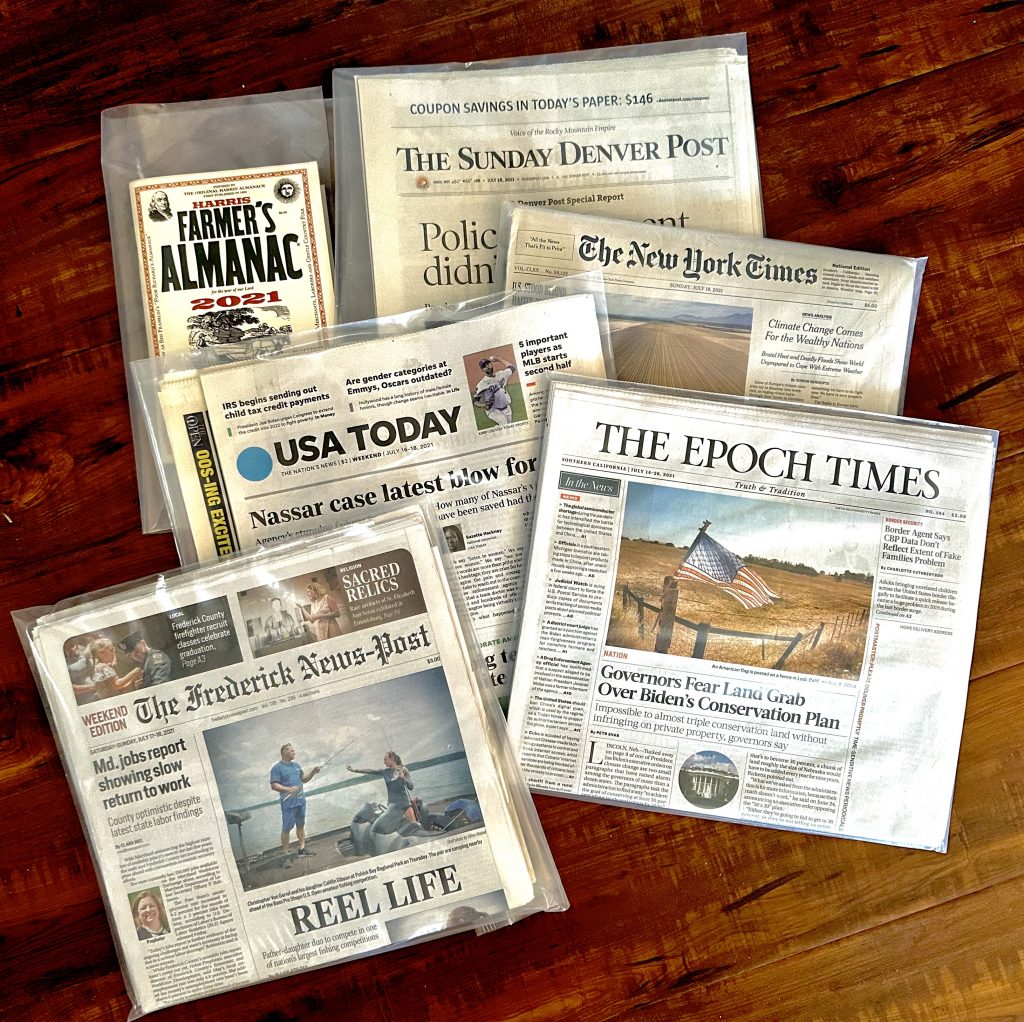
Glossary D-F
Dilation – What happens to aisles during I&D
Embryo – Your client’s very first 10×10
Epidural – When you find time to get a foot massage from the booth next door
False Labor – When show labor has to wait for your crates to clear material handling
Fertility – Your client gets their new budget and is ready to spend it
First Trimester – Your booth’s first of three back-to-back shows
Fontanelles – Conference Room walls using SEG fabrics
Full Term – You tell your Client you need artwork no later than 4:00 pm and you get it at 3:59 pm
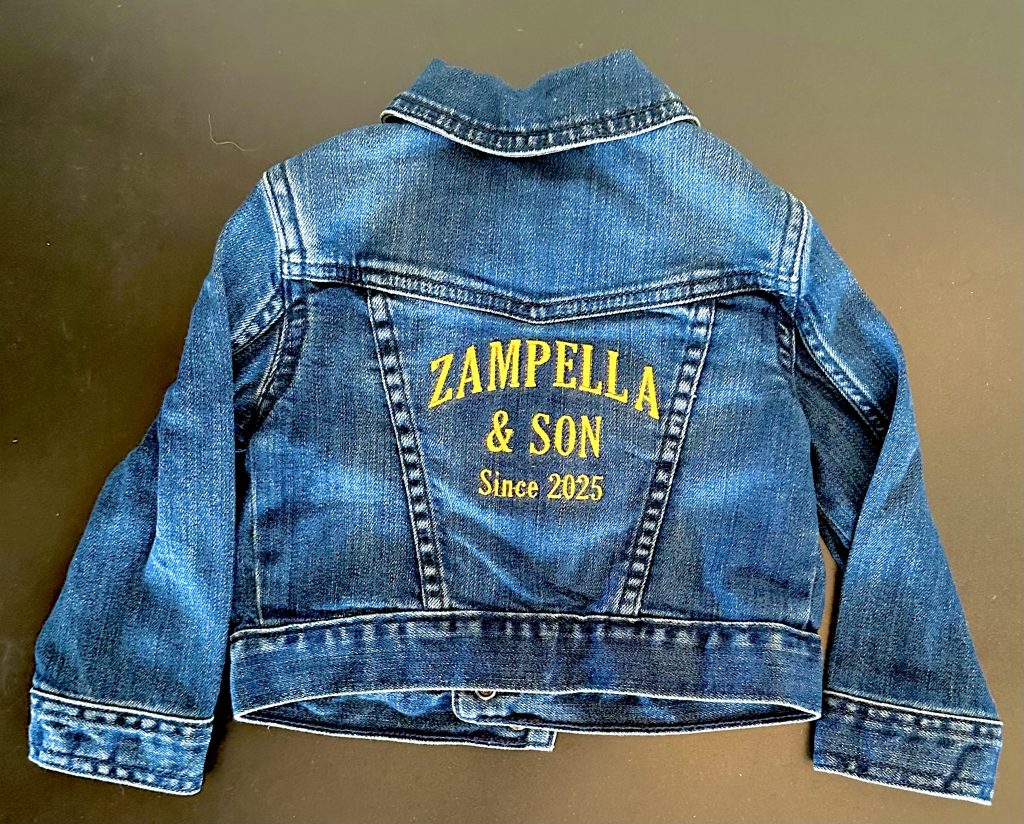
Glossary F-N
Gestation – The time it takes your Designer to create the next award winner
Home Birth – Trade show exhibitors building their first booth in-house
Induced – Slipping labor a $50
In Vitro – A booth design that uses pillowcase graphics (tubes… get it??)
Labor – Sometimes late, usually painful, and never the same
Midwife – Your work wife who continually reminds you to save your receipts
Morning Sickness – When your rookie booth staffer stays out way too late the night before the show
Natural Birth – When you suggest designing with Classic’s ecoSmart Sustainable Exhibits
Newborn – A new booth at its very first show
Nursery – The warehouse or dock where crates are stored during the show
Glossary P-Z
Pelvic Floor Exercises – How you prepare for being on your feet for 12 hours
Postpartum – Having to do a week’s worth of laundry after returning from a trade show
Premature – That one exhibitor who begins to dismantle their booth – 2 hours early!
Presenting – When the edge of your booth creeps into the aisleway
Stretch Marks – SEG graphics that have seen one too many shows
Ultrasound – The booth next to yours that has their presenters mic set too loud
Umbilical Cord – That one extension cord that magically connects ALL your electronics
Water Birth – That $12 bottle of Aquafina water (so refreshing but so painful)
Water Breaking – Spilling that full $12 bottle of Aquafina water
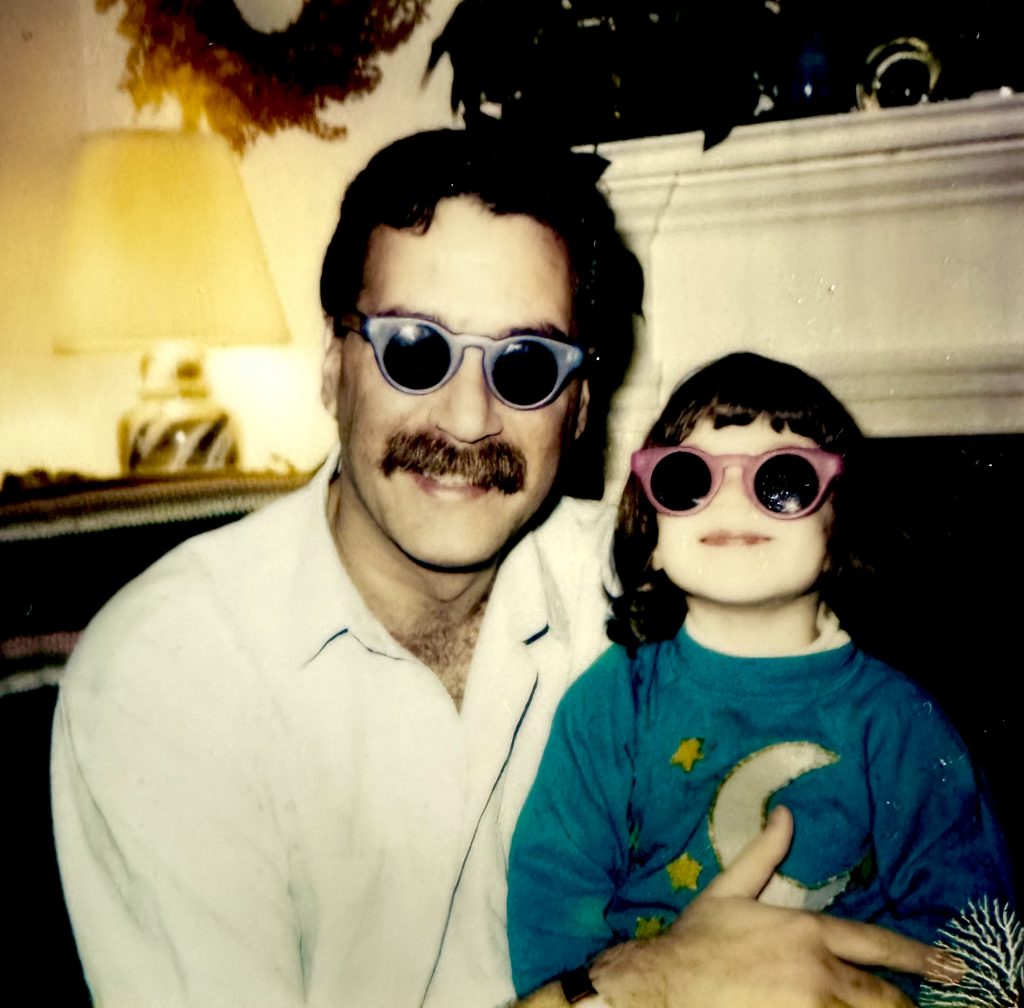
Who We Are
For over 30 years, Classic Exhibits has been designing and building creative custom solutions for our Distributor Partners and their clients. As North America’s largest private-label exhibit manufacturer, we have the unmatched capability, capacity, and creativity to create 3D projects ranging from 10 x 10 inline displays to 60 x 80 double-deck islands.
Find success on the trade show floor with an exhibit that reflects your marketing message. For more information, see www.classicexhibits.com and explore Exhibit Design Search or request a meeting with a Classic Distributor Partner.




